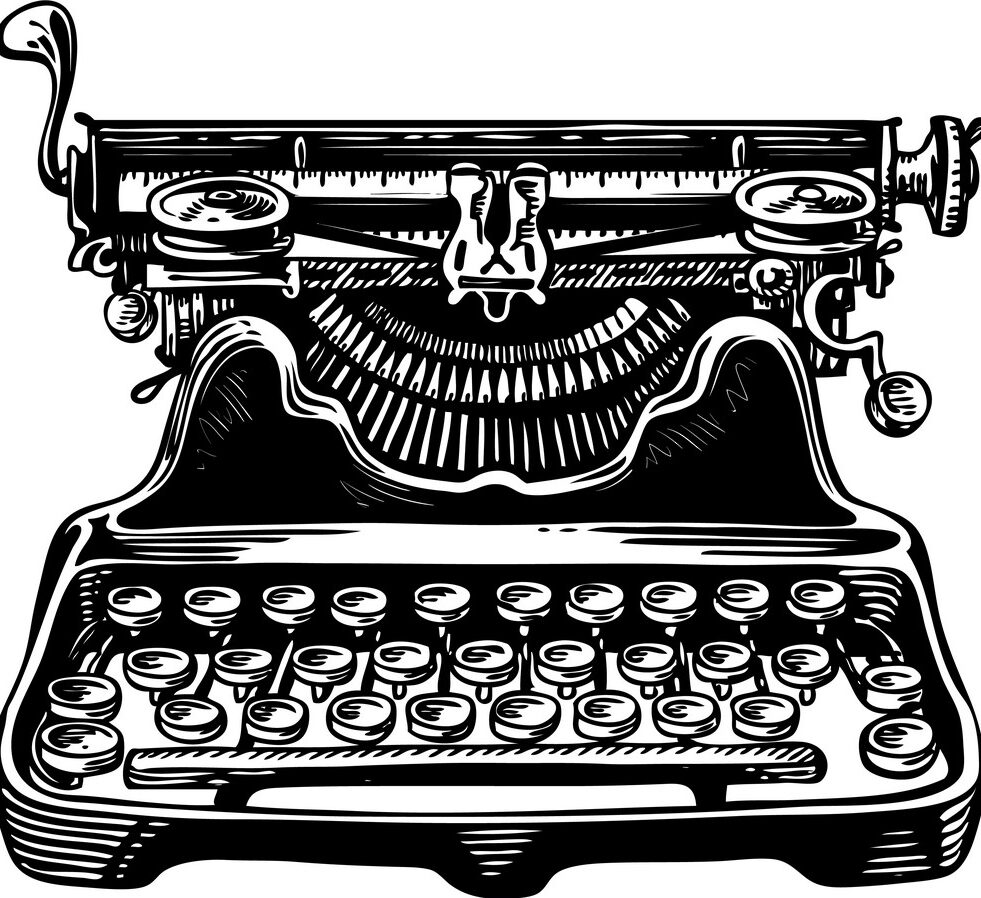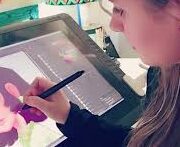Hi Everyone, last we chatted Izzy was good to start the illustrations. She was going to start sending them to me to be placed in the page, and I was going to be using Photoshop. Well, let’s just say this week proved more challenging than expected. We were hoping half of the book would be laid out by now. We ran into 2 issues.
- Izzy is more of an emotional artist than I knew. Hahaha! She would start and stop many times because she wasn’t happy with the image. Hopefully by the time she reads this blog, she will look back at this and laugh at this statement!
- It’s been a long time since I used Photoshop. When I did use it, I was using it for photo editing. My learning curve with the program was more time consuming than I expected.
At this point, none of our layouts are done, but we did have a HUGE learning week. I learned, as in stereotypical artist form, Izzy wants nothing to do with the book except the art. When I ask her to look at Photoshop to help figure something out, she has very little interest. When I asked her if she wanted to email the drawings, or use Drop Box, she said she doesn’t care. So, I am definitely the “setter upper” of all things! Which I’m good with?
When I look at the artwork over Izzy’s shoulder, I think it is amazing and I get excited for her to send it to me. To see Sweet Potato sitting on her bed and bringing the words to life was really exciting to me! But Izzy did not think it was amazing, and wanted to start the page from scratch. I hope after the first couple pages (when they eventually happen), and she sees the book come to life, she will realize it’s okay to start sending drawings, and see how it goes. It doesn’t have to be perfect the first time!
Things that I have learned this week that will help push things forward are
- There are fonts that authors believe work really well for children’s books. Typefaces with larger z-heights are generally easier to read. You want to select a font with one-story ‘a’s and ‘g’s because they are the lowercase shapes preschool and school-age children learn to write. Helvetica Textbook, Plantin Infant, Sassoon Primary, and Tuffy Infant are all designed specifically for young readers.
- Font size. New readers have to learn to follow words from left to right. To make this easier, set the text large. 14-24 points. Here’s a great link that goes into a lot of detail https://www.fonts.com/content/learning/fyti/situational-typography/typography-for-children
- In a 32-page picture book, you don’t really have 32 pages to tell your story. You really only have 24- 28 pages, since 4-8 are used for the book ends, copyright, and title pages.
Next, I hope to tell you how the actual layout is coming together! Be well, keep safe, and find some joy!

